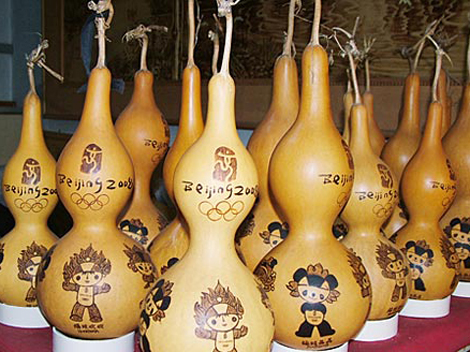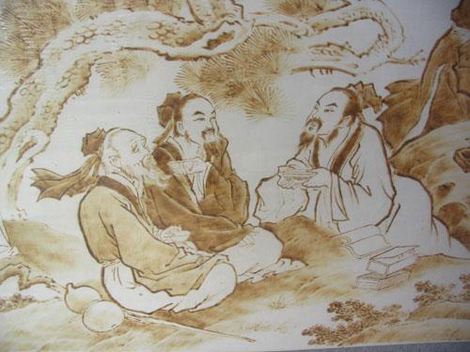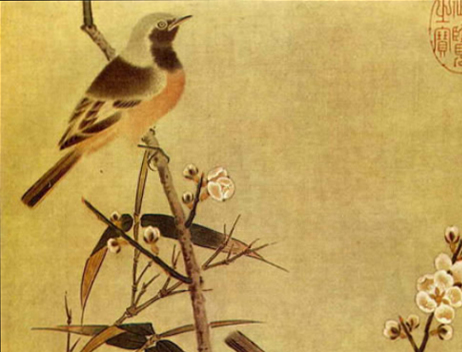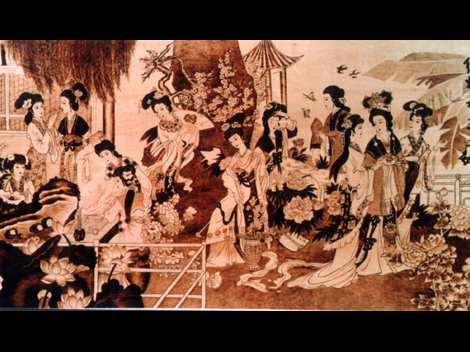

Pyrography, also called Fire Needle Embroidery or purography, is an age-old painting type in China. By utilizing the carbonization principle and temperature-control techniques, pyrographing is used as a major method assisted by coloration on different materials without using any paints. According to folklores, the pyrography was originated in Western Han Dynasty and flourished in Eastern Han, which was then lost for some time during famine and war. During the reign of Emperor Guangxu, a folk artist named Zhao Xingsan rediscovered the brushwork, which led to the gradual formation of the schools represented by Henan and Hebei provinces afterwards.

The pyrography works in old times were often produced on wooden materials, such as board, tree bark and gourd, on which uneven textural changes generated naturally certain relief effect. Dark, beige or black were the usual colors. Today, materials such as rice paper and silk are boldly adopted, thus further enriching this art form.

The content of pyrography has been constantly enriched and innovated on the basis of traditional designs and colors, which may include classical novels, fairy tales, propitious patterns and landscapes. The works are often characterized by fresh and decent designs and fast colors.





